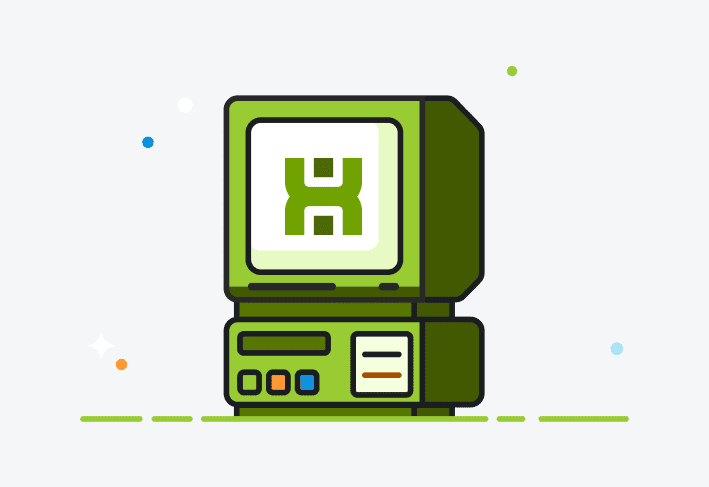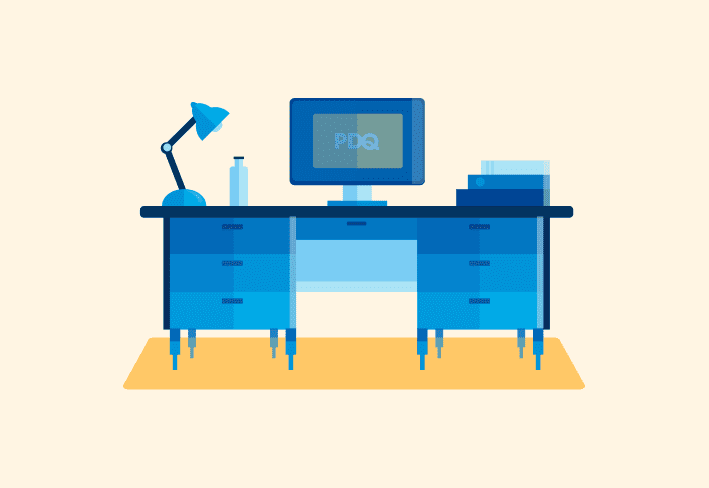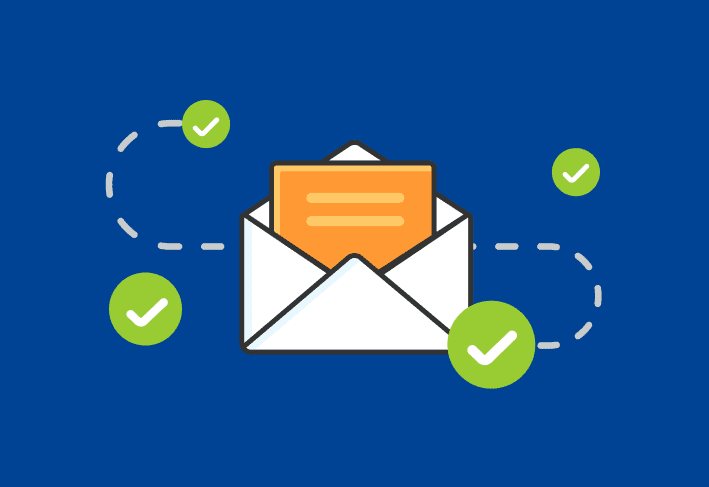Enterprise IT teams and MSPs need multitenant endpoint management to control devices across multiple environments without duplicating work. PDQ Connect delivers this by giving admins tenant separation, global visibility, and automation that scales across every part of the fleet.
Managing client systems and distributed endpoints is chaotic in most tools. PDQ Connect’s recent enhancements finally make multitenant environments practical.
Watch the on-demand multitenancy webinar
See multitenancy in action in our on-demand webinar, Smarter Multitenancy and Simpler Security with PDQ Connect.
What is multitenant endpoint management?
Multitenant endpoint management lets IT teams segment devices, users, and settings into separate tenants while still managing everything centrally. In PDQ Connect, each tenant can represent a client, department, business unit, server group, or any logical boundary.
“About 80% of current users in Connect that have multitenancy enabled are actually in the internal IT camp,” said Michael Hilton, product manager for PDQ Connect. “So we're excited to see that it's a feature that's proving valuable both for MSPs and for our internal IT customers.”
PDQ Connect gives you:
Separate tenants for clean segmentation
One subscription and one license pool
Consistent control across all environments
This structure prevents configuration sprawl while keeping sensitive systems isolated.
Why multitenancy is suddenly a big deal
IT environments used to be centralized and predictable. Today they're scattered across locations, networks, and responsibility lines — MSP portfolios, remote offices, hybrid setups, mergers, and internal business units.
That fragmentation is why multitenancy is getting attention now. Admins need clean segmentation for security, but they also need a way to avoid rebuilding every automation five times or copy-pasting policies across environments. The old “one giant flat network” model just doesn't hold up anymore.
How PDQ Connect simplifies multitenant environments
Centralized assets without duplicated work
Traditional endpoint tools force admins to rebuild packages, automations, and groups for every environment. PDQ Connect is eliminating that with global asset sharing.
Admins will soon be able to:
Create a package, group, or automation once
Share it with any tenant
“It doesn't just take what I've built here and drop it in these other tenants,” Michael said. “Anytime I update this package here, then those changes are immediately duplicated or propagated to the version of this package that is inside the tenant.”
Effortless device migration across tenants
Moving a device between tenants usually means uninstalling and reinstalling agents — one of the biggest pain points in multitenancy. PDQ Connect solves this with an upcoming migration feature that:
Moves devices across tenants in bulk
Requires no agent reinstall
Granular access control that scales
Multitenant endpoint management needs strict role boundaries. PDQ Connect supports both tenant-level and parent-level roles so admins can delegate without risking over-permissioned access.
With the teammates page, you can assign users and roles across tenants from one place instead of logging into each environment individually.
Why visibility matters in multitenant endpoint security
Security gaps often come from blind spots. PDQ Connect’s vulnerability detection maps vulnerabilities directly to the software on your devices.
Leilani Vigil, vulnerabilities product manager, explained the challenge: “There's a gap between the teams that focus on finding the vulnerabilities and the teams that actually patch those vulnerabilities, so that can lead to delays in patching.”
To counteract this, PDQ Connect provides:
Real-time vulnerability detection
Risk scoring based on severity and known exploits
One-click remediation when patches exist
Full automation for recurring fixes
What’s next for PDQ multitenant endpoint management
PDQ is building toward global automations that run across all tenants from one parent-level policy. That means updates, scans, and recurring tasks can be executed everywhere without manual duplication.
“You get to take advantage of a lot of time savings, and you can free yourself up to focus on more of the strategic things,” Michael said.
Why MSPs and enterprise IT teams benefit from PDQ Connect’s multitenancy
For MSPs, PDQ Connect reduces onboarding time, eliminates repetitive scripting, and improves consistency across every client environment.
For enterprise IT, it creates clean segmentation for departments, regions, and device roles while keeping everything manageable under one umbrella.
Final thoughts: Simplify or drown
If you’re rebuilding the same workflows across multiple environments or managing patch cycles by hand, multitenant endpoint management in PDQ Connect offers a far cleaner model. It gives you flexibility, visibility, and a major cut in operational overhead.
Want to see what smarter looks like? Check out the on-demand webinar or schedule a demo, and bookmark the PDQ Connect product roadmap to anticipate the latest enhancements.




